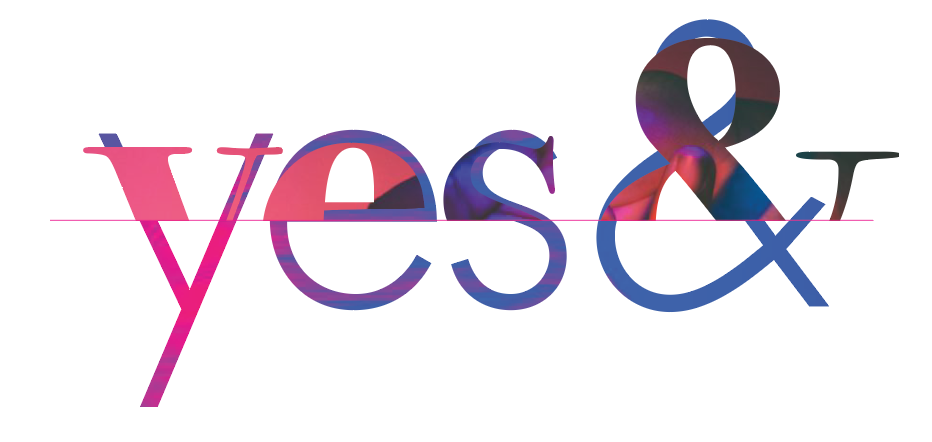The point has been previously made: Why are we designing collaborative AIs that are just ourselves with greater capabilities? Wouldn’t more creative collaboration be formed through working with a being unlike our own? Beatriz Columina and Mark Wigley add to this discussion, asserting that nothing is more human than technology and that these tech tools we’re creating are all just prosthetic extensions of ourselves. If we’re truly looking for creative collaboration, we must look to things beyond our design. Rather than an artificial intelligence, perhaps we’re looking for intelligence that is much more natural than ourselves. One that persists beyond reason, or any thought at all, but works none-the-less.
While reading Carl DiSalvo and Jonathan Lukens’ paper, the question prevailed: Shouldn’t we figure out our own problems before we start considering those of other species, genus, or form? The problem with this question is it’s assumption that humans will ever move beyond their greedy nature and start to care about others. Even with world peace (or at least human peace), humans will still have problems to solve in the form of a product. I think a better question is: How will we know when to start including the non-human? What thing can we look for that will signify the need to stop focusing on human problems and start focusing on the entire ecology? Don Norman I suspect would say the symptoms are visible now and, perhaps if we addressed their root problems there wouldn’t be a need for a human non-human problem distinction at all.
Another question I had while reading Carl DiSalvo and Jonathan Lukens’ paper was: How do we know what non-humans want? In most cases, we can assume they want to live, thrive, and breed. But do they want agency and control like we do? Columina and Wigley point to the caveman’s comfort in caves, the control of their environment, as the root of humans’ core needs. But what about the beaver in the box that DiSalvo and Lukens describe? It includes a light switch that both a human and a beaver can control but what if the beaver doesn’t want to worry about their agency over light? Are we projecting our basic human needs onto these beings?
So, how many beavers does it take to change a light bulb? Well, I guess it depends on if they want it changed…

